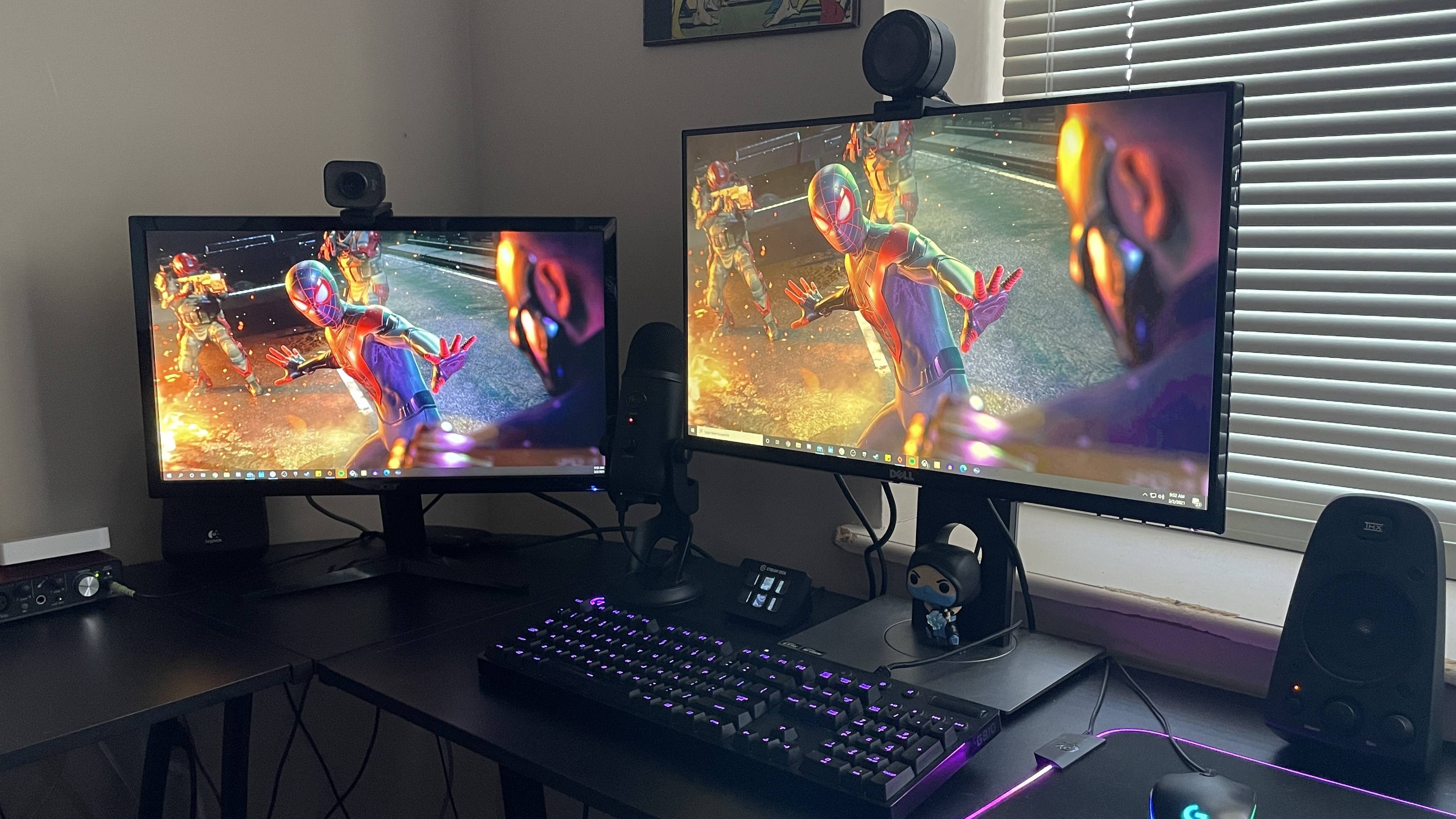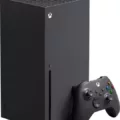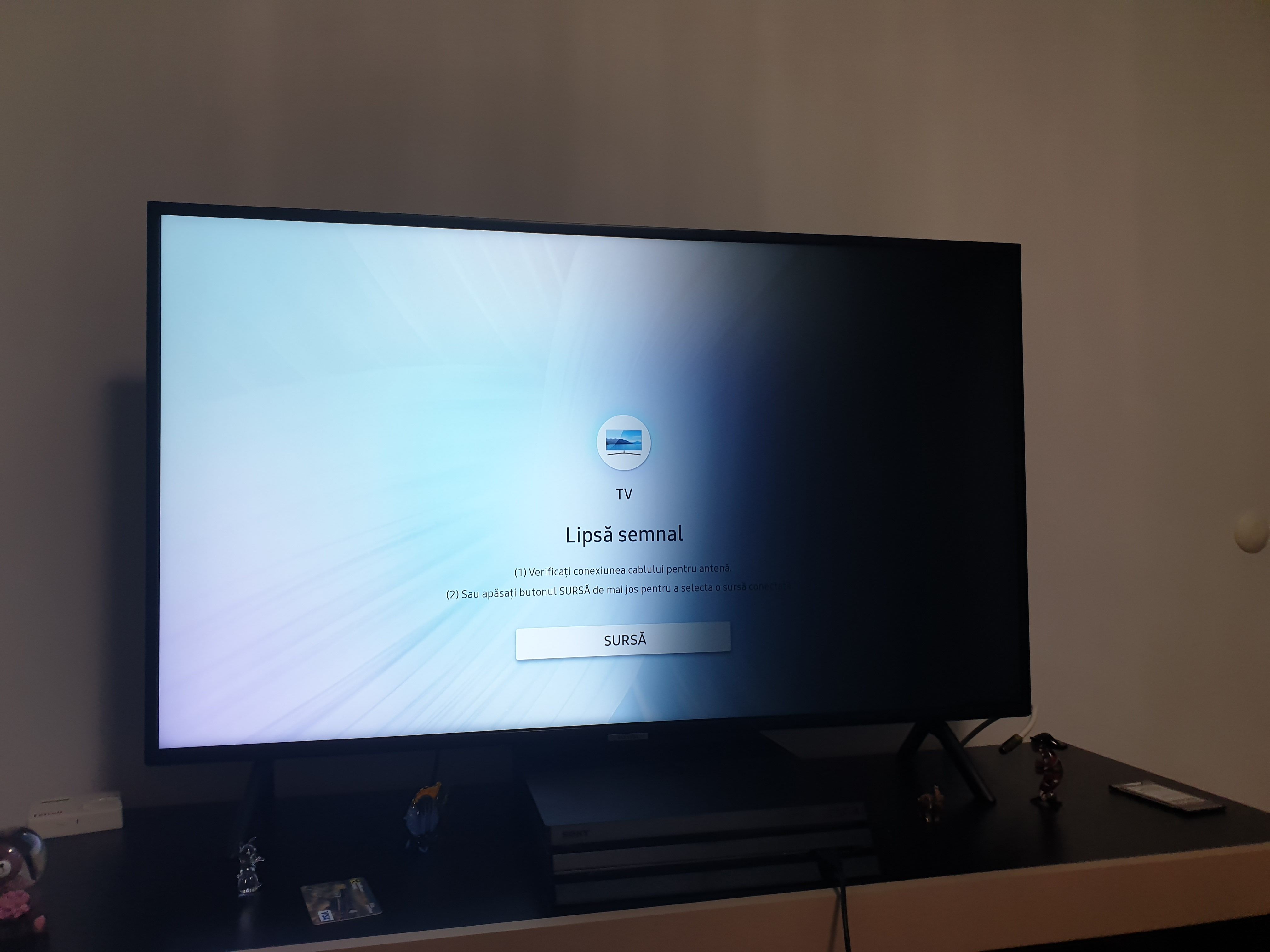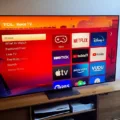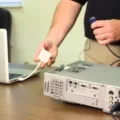HDMI, or High Definition Multimedia Interface, is a technology used to transmit high-quality audio and video signals from one device to another. However, it is not uncommon for users to experience HDMI no signal issues when trying to connect their devices, such as a TV or computer monitor, to their HDMI cable. This can be frustrating, but there are several solutions to this problem.
Firstly, check for any loose connections or frayed wires. A loose connection can cause the HDMI no signal problem. Ensure that the HDMI cable is firmly connected to both devices and check for any signs of damage or wear on the cable. If the cable is damaged, replace it with a new one.
Secondly, change the input source on your TV or monitor. Sometimes, the input source may not be set to HDMI, causing the no signal issue. Check the input settings on the TV or monitor, and switch to the HDMI input source.
Thirdly, enable the HDMI connection setting on your TV or monitor. This can be done through the settings menu on the device. Once you have enabled the HDMI connection setting, the device should recognize the HDMI cable and display the signal.
Another solution is to update the chipset and graphics of your TV or computer. Outdated software can cause compatibility issues with HDMI cables. Check for updates on your TV or computer manufacturer’s website and install any available updates.
Performing a power cycle on your devices can also help resolve the HDMI no-signal issue. Turn off both devices, unplug them from the power source, and wait for a few minutes. Then, plug them back in and turn them on.
If none of these solutions work, try using a different HDMI cable. The cable you are using may be malfunctioning or too old to perform adequately. Use a different HDMI cable to see if it solves your issue.
Alternatively, you can use the first HDMI cable to connect a different video device to check if the video device is malfunctioning. If the video device works with the first HDMI cable, then the issue is likely with the original device you were trying to connect.
HDMI no signal issues can be frustrating, but there are several solutions to this problem. Check for loose connections or frayed wires, change the input source, enable the HDMI connection setting, update the chipset and graphics, perform a power cycle, try a different HDMI cable, or connect a different video device to determine the issue. With these solutions, you should be able to resolve your HDMI no-signal problem and enjoy high-quality audio and video on your devices.
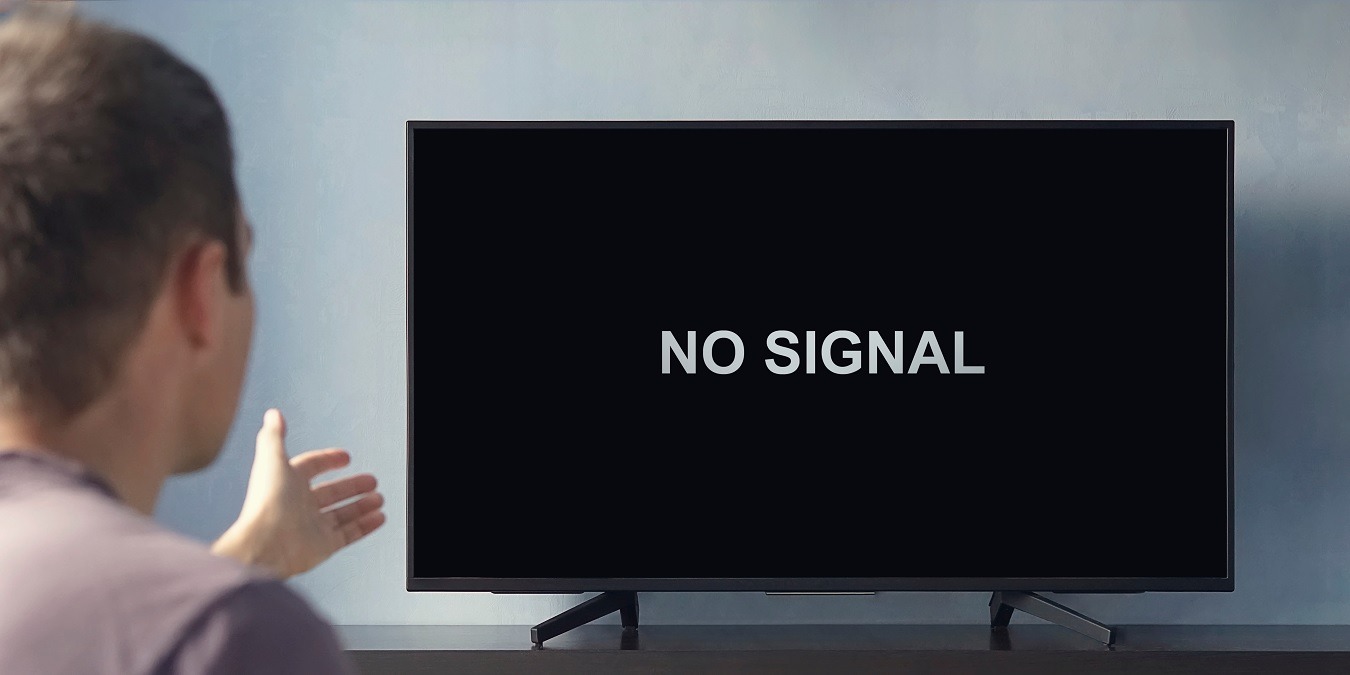
Troubleshooting HDMI ‘No Signal’ Error
The “HDMI no signal” error message on your TV or monitor can be caused by a variety of factors. The most common reason is a loose or damaged HDMI cable. Therefore, the first step is to check if the cable is connected properly and if there are any visible signs of damage such as frayed wires or bent pins. If there is no visible damage, try using a different HDMI cable to see if that resolves the issue.
Another possible reason for the error message could be an incorrect input source selected on your TV or monitor. Make sure that the input source is set to the HDMI port that your device is connected to. You can do this by using the remote control or the on-screen menu of your TV or monitor.
If the above steps do not resolve the issue, you can try enabling the HDMI connection setting on your device. This can be done by going to the settings menu of your device and selecting the HDMI output option.
In addition to this, it is recommended to update the chipset and graphics drivers of your TV or monitor to ensure compatibility with your device. You can check the manufacturer’s website for the latest updates and install them accordingly.
Performing a power cycle on your TV or monitor may also help to resolve the “HDMI no signal” error. This involves turning off the device, unplugging it from the power source, waiting for a few minutes, and then plugging it back in and turning it on.
There are several possible reasons for the “HDMI no signal” error message, but by following the above steps, you can troubleshoot and fix the issue.
Troubleshooting HDMI Connection Issues on a TV
When your TV is not recognizing HDMI, it is usually due to a problem with the HDMI cable or a problem with the TV’s settings. One possible cause for this issue is that the HDMI cable you are using is malfunctioning or too old to perform adequately. HDMI cables can become damaged over time due to wear and tear or exposure to extreme temperatures, which can result in issues with signal transmission.
To troubleshoot this problem, try using a different HDMI cable to see if it solves your issue. Make sure the new cable is compatible with your TV and the device you are trying to connect to it. If you don’t have a spare HDMI cable, you can also use the current cable to connect a different video device to check if the video device is malfunctioning.
Another possible cause of this issue is a problem with the TV’s settings. Check that the TV is set to the correct input mode for the HDMI device you are trying to use. You can usually do this by pressing the “Input” or “Source” button on your TV remote and selecting the HDMI input that corresponds to your device. If this doesn’t work, try resetting the TV to its factory settings and then reconfiguring the settings for your specific device.
When your TV is not recognizing HDMI, it could be due to a problem with the HDMI cable or a problem with the TV’s settings. By using a different HDMI cable or adjusting the TV’s settings, you can troubleshoot this issue and get your device connected to your TV in no time.
Conclusion
The HDMI no signal problem can be a frustrating issue for anyone trying to watch their favorite movie or TV show. However, it is a common problem that can be resolved with a few simple steps. The first thing to check is the HDMI cable for any damage, and if it is in good condition, try changing the input source and enabling the HDMI connection setting. Updating the chipset and graphics of the TV and performing a power cycle can also help. If the problem persists, try using a different HDMI cable or connecting a different video device with the existing cable to identify the cause of the problem. By following these steps, you can easily fix the HDMI no signal problem and enjoy uninterrupted entertainment.


